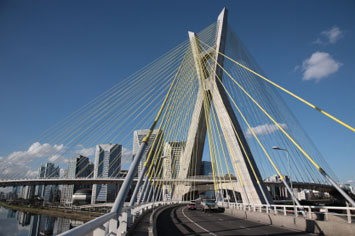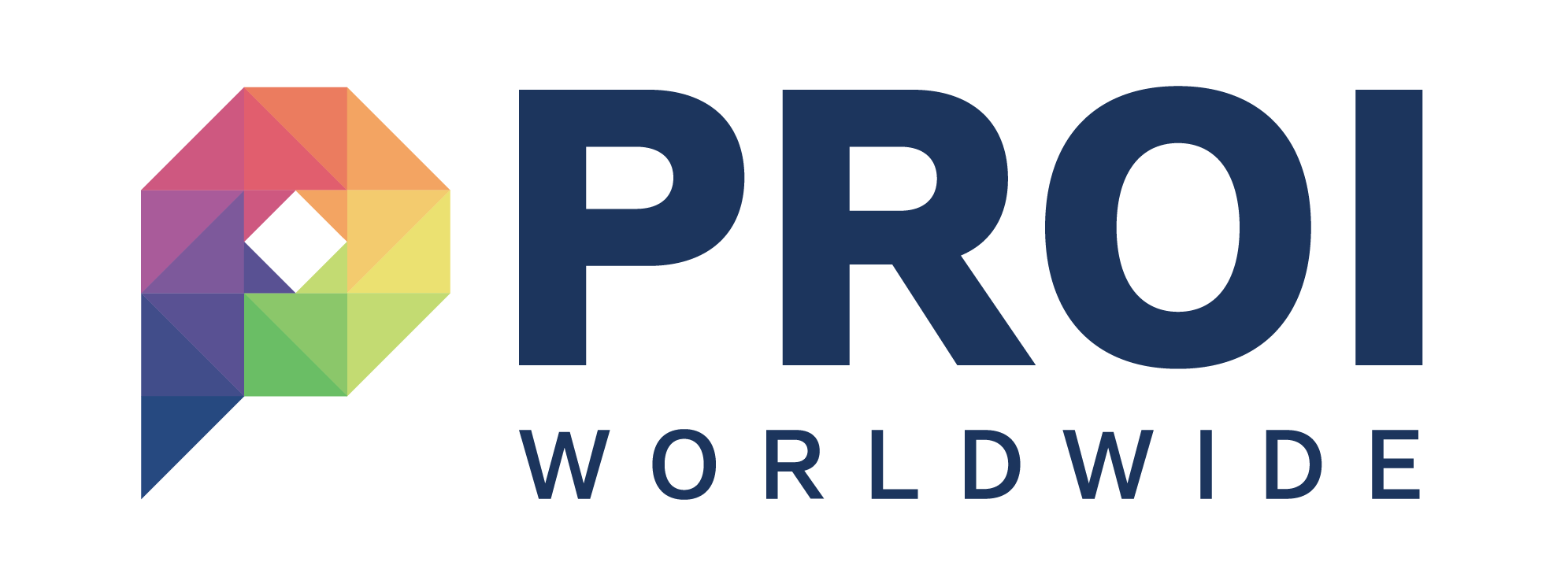Doing Business In - Brazil
Background

Brazil was discovered by Portuguese sailors, in 1500, who claimed the land for their own country. In 1808, the Portuguese royal family established themselves in Rio de Janeiro, fleeing the troops of Napoleon that had invaded Portugal, and Brazil assumed the position of the center of the Portuguese kingdom.
In 1822, the country became independent from Portugal and in 1824 the first Brazilian constitution was promulgated. The abolition of slavery was completed in 1888. The slave population declined from 29% in 1823 to 5% in 1887. In 1889, the monarchy was replaced by a republican regime.
In 1964, after a coup by the military, Brazil became a dictatorship whic lasted until 1985 when José Sarney assumed the presidency. Sarney was replaced by Fernando Collor, who was impeached in 1992. He was succeeded by the vice-president Itamar Franco, who appointed Fernando Henrique Cardoso (FHC) as Minister of Finance. He created Plano Real, an economic package that was responsible for bringing stability to the economy and eliminating inflation. FHC was elected Brazilian president in 1994 and reelected in 1998.
FHC started a series of integrated macroeconomic measures that led to:
The Brazilian economic alignment with international market standards should be considered as a framework for the growing trend leading to the inclusion of Brazilian companies in the global market.
Facing a scenario in which large global groups are competing for a share of its national market, many Brazilian entrepreneurs had to either accept the onset of stronger competitors or compete on a level playing field for a place in the Brazilian market. Moreover, in some cases, they decided to fight these same players for a place in the global arena.
A number of national businessmen and executives assumed the premise that the Brazilian economy had entered a new cycle starting from mid-1990s. They also assumed that competition would rise at a constant rate, and the government—as it had often done in the past—would no longer carry out currency devaluation to increase underrated exports or maintain higher import taxes to protect Brazilian products. Gradually, in this same period, import taxes dropped more than 50%. During this period, just to mention a few examples, Wal-Mart (1995), HSBC (1997), Renault (1998), Telefónica (1998) and Dell Computers (1999) established their head offices and/or facilities in Brazil.
Meanwhile, national traditional names unknown outside Brazilian territory began to move towards scaling up and creating operating conditions in countries on all continents.
From 2003 to 2010, Luiz Inácio Lula da Silva was the Brazilian president. He continued FHC's economic program and improved investments in social policies, contributing for the growth of the middle class in Brazil. He ended his second term with more than an 80% approval rating, the highest in Brazil’s history. He led the candidate of his party, the Workers Party (PT), Dilma Rousseff, to victory in the 2010 elections. Dilma Rousseff was elected with 56% of valid votes and became the first woman to assume this position in the country.
In 1822, the country became independent from Portugal and in 1824 the first Brazilian constitution was promulgated. The abolition of slavery was completed in 1888. The slave population declined from 29% in 1823 to 5% in 1887. In 1889, the monarchy was replaced by a republican regime.
In 1964, after a coup by the military, Brazil became a dictatorship whic lasted until 1985 when José Sarney assumed the presidency. Sarney was replaced by Fernando Collor, who was impeached in 1992. He was succeeded by the vice-president Itamar Franco, who appointed Fernando Henrique Cardoso (FHC) as Minister of Finance. He created Plano Real, an economic package that was responsible for bringing stability to the economy and eliminating inflation. FHC was elected Brazilian president in 1994 and reelected in 1998.
FHC started a series of integrated macroeconomic measures that led to:
- the end of Brazil's historic inflationary process (inflation hit 4,700% per year at the end of the first half of the 1990s);
- national financial system regulatory reform—government interventions prevented bankruptcy of some institutions, whereas other banks were incorporated by stronger groups;
- the implementation of a consistent process to privatize government companies (power, telecommunication, steel, sanitation and road administration companies).
The Brazilian economic alignment with international market standards should be considered as a framework for the growing trend leading to the inclusion of Brazilian companies in the global market.
Facing a scenario in which large global groups are competing for a share of its national market, many Brazilian entrepreneurs had to either accept the onset of stronger competitors or compete on a level playing field for a place in the Brazilian market. Moreover, in some cases, they decided to fight these same players for a place in the global arena.
A number of national businessmen and executives assumed the premise that the Brazilian economy had entered a new cycle starting from mid-1990s. They also assumed that competition would rise at a constant rate, and the government—as it had often done in the past—would no longer carry out currency devaluation to increase underrated exports or maintain higher import taxes to protect Brazilian products. Gradually, in this same period, import taxes dropped more than 50%. During this period, just to mention a few examples, Wal-Mart (1995), HSBC (1997), Renault (1998), Telefónica (1998) and Dell Computers (1999) established their head offices and/or facilities in Brazil.
Meanwhile, national traditional names unknown outside Brazilian territory began to move towards scaling up and creating operating conditions in countries on all continents.
From 2003 to 2010, Luiz Inácio Lula da Silva was the Brazilian president. He continued FHC's economic program and improved investments in social policies, contributing for the growth of the middle class in Brazil. He ended his second term with more than an 80% approval rating, the highest in Brazil’s history. He led the candidate of his party, the Workers Party (PT), Dilma Rousseff, to victory in the 2010 elections. Dilma Rousseff was elected with 56% of valid votes and became the first woman to assume this position in the country.
